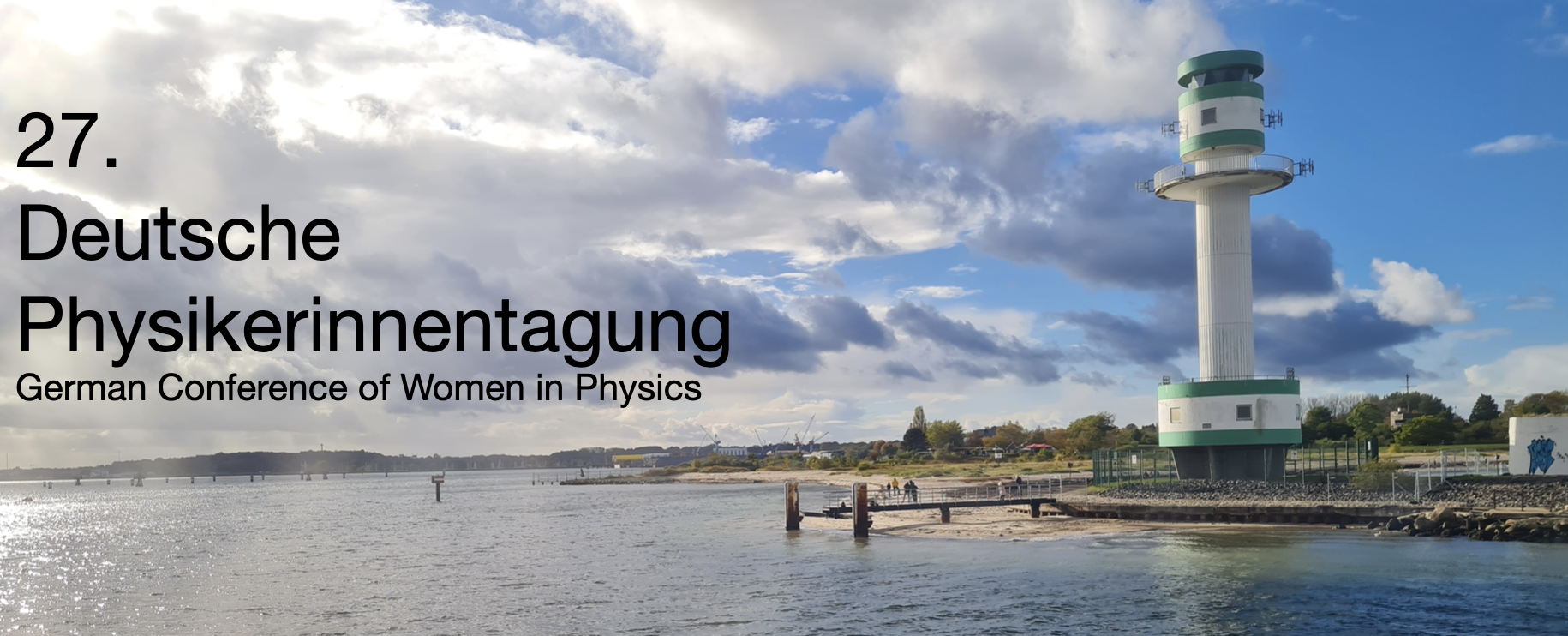Speaker
Description
A Positron Electron eXperiment (APEX) collaboration seeks to produce and study electron-
positron plasmas in toroidal traps. To understand these electron positron plasmas, a type of pair
plasma, we also seek to study the separate non-neutral plasmas (NNP) that will eventually be
combined.
Laboratory NNPs typically consist of only one species of charge. In this case, a pure electron
plasma is studied. In a device with open magnetic field lines, such as a Penning trap, the trapped
plasma can be ejected along the field lines and analyzed. When dealing with a toroidal device
and closed magnetic field lines, such as APEX’s compact levitating dipole (APEX-LD) [1],
NNPs must be analyzed in a different, preferentially non-invasive manner.
Wall probes allow for non-invasive measurements of time-varying density perturbations present
in a plasma [2]. However density perturbations do not always exist, therefore additional diag-
nostics are required to establish the presence of a plasma and determine the confinement time.
In this contribution, the results of a new, non-destructive electron beam diagnostic are pre-
sented. Electrons are emitted onto open field line passing through the center of the floating coil
and collected on the opposite side. When a NNP is trapped in the dipole, its space charge poten-
tial can reflect the electron beam; the collected current therefore provides a way to determine
the potential of the trapped plasma as depending on the beam energy.
References
[1] A. Card, A. Deller, M. R. Stoneking, J. v. d. Linden and E. V. Stenson, "FPGA-Stabilized Magnetic
Levitation of the APEX-LD High-Temperature Superconducting Coil," in IEEE Transactions on Applied
Superconductivity, vol. 34, no. 9, pp. 1-9, Dec. 2024, Art no. 4606709, doi: 10.1109/TASC.2024.3462796.
[2] A. Deller, V. C. Bayer, P. Steinbrunner, A. Card, J. R. Danielson, M. R. Stoneking, E. V. Stenson,
"Diocotron modes in pure electron plasmas in the APEX levitating dipole trap," in Plasma Physics and
Controlled Fusion, vol. 67, Dec. 2024, doi:10.1088/1361-6587/ad9e70

